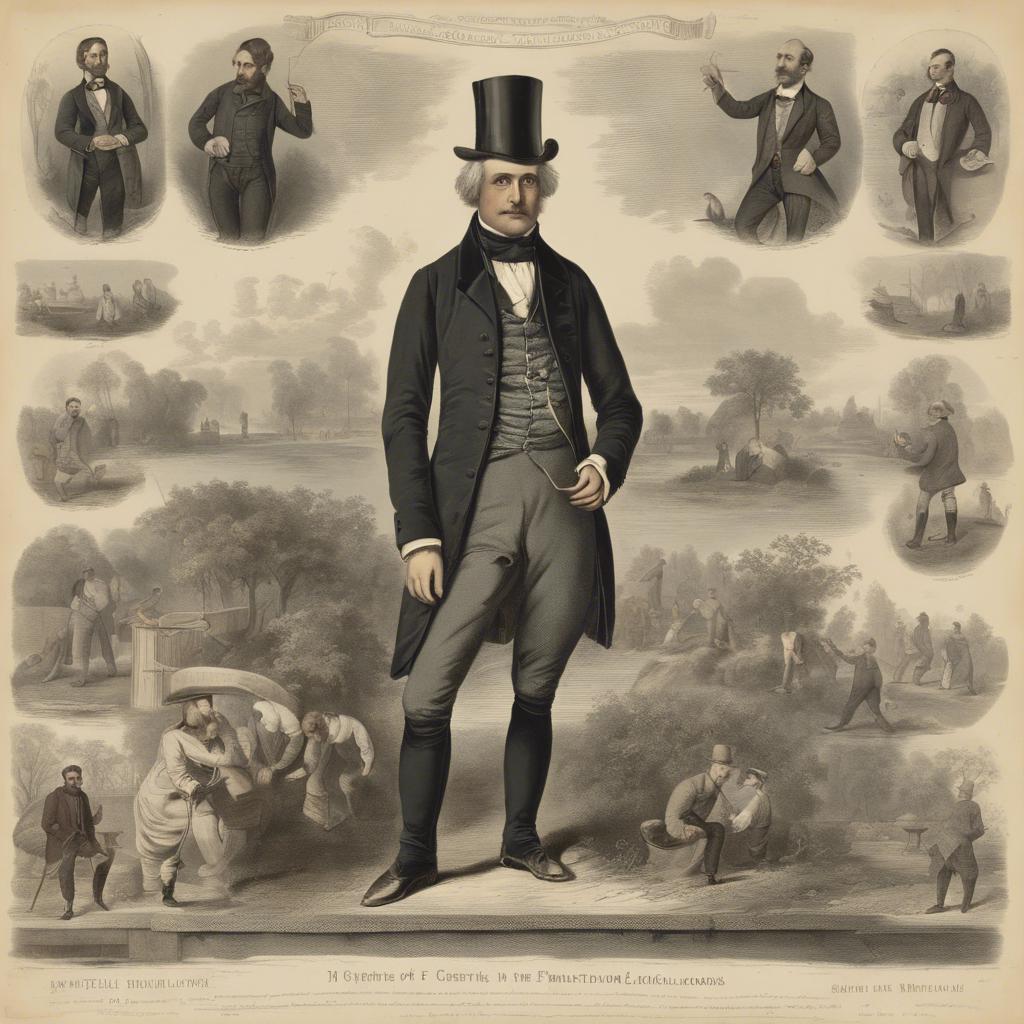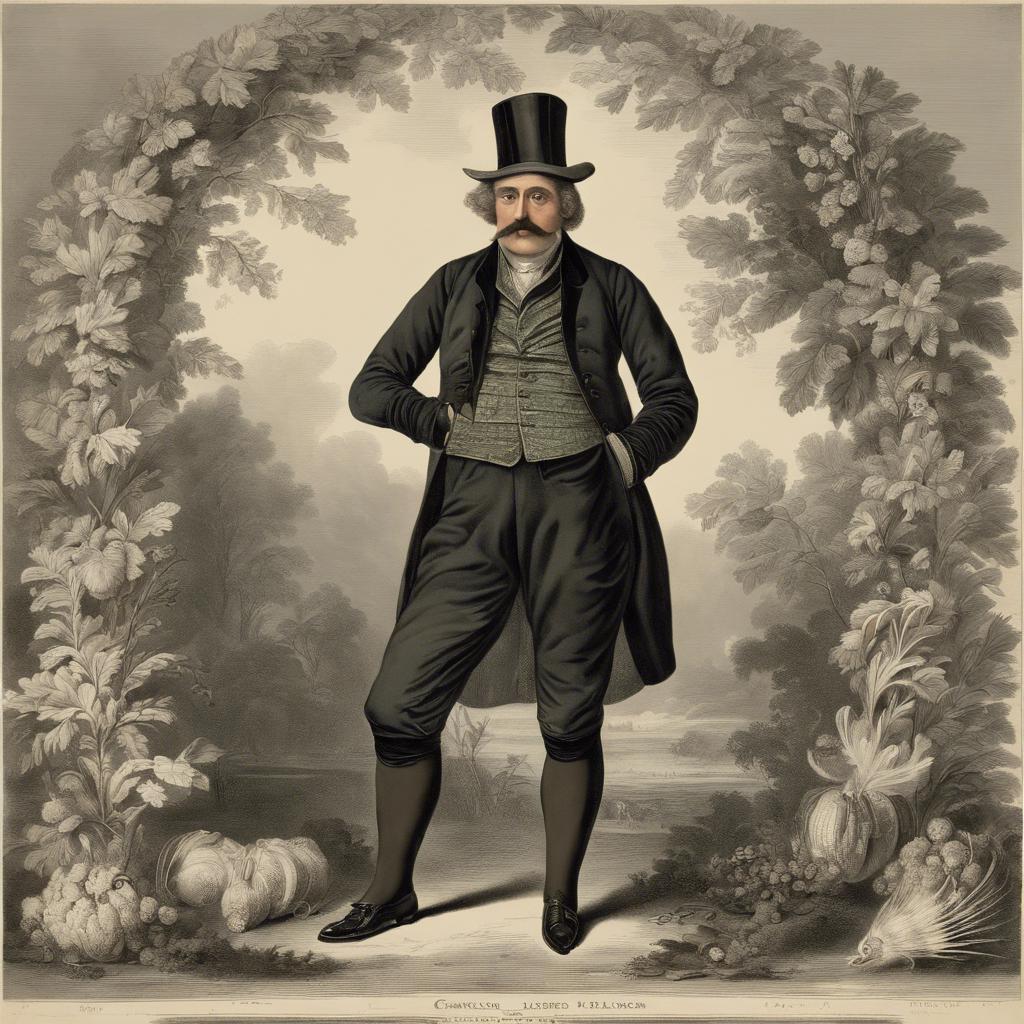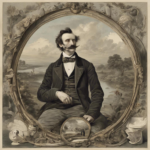In the 19th century, fashion underwent significant transformations, with innovations in textiles and styles shaping the way people dressed. One such garment that rose to prominence during this time was the pantaloon. Originally worn as a symbol of status and wealth, pantaloons became a staple in the wardrobes of men and women alike. In this article, we will explore the history and evolution of pantaloons in the 19th century, examining their cultural significance and influence on fashion of the era.
Step Into the World of Cheryl Bolen
Dive into the enchanting stories of love, intrigue, and elegance set in the Regency Era. Cheryl Bolen's novels offer timeless romance and captivating tales that will leave you wanting more.
Explore Cheryl Bolen's Books Now
Origin and Evolution of Pantaloons in the 19th Century
Throughout the 19th century, pantaloons underwent a significant transformation in both style and popularity. Originally worn as part of a military uniform in Europe, pantaloons quickly became fashionable attire for men of all social classes. These trousers were characterized by their tight fit from waist to knee, with a loose, gathered fabric from the knee to the ankle.
As the century progressed, pantaloons evolved to reflect changing fashion trends. The introduction of new fabrics and tailoring techniques allowed for a more comfortable and stylish fit. Men’s pantaloons became looser around the hips and thighs, with a straight or slightly tapered leg. This new silhouette catered to the growing interest in sports and outdoor activities, as well as the desire for more casual everyday wear.
By the end of the 19th century, pantaloons had largely fallen out of fashion in favor of trousers with a more modern cut. However, their impact on men’s fashion during this period cannot be overstated. Pantaloons played a crucial role in shaping the silhouette of men’s trousers, paving the way for the diverse styles that would emerge in the 20th century. Despite their eventual decline in popularity, pantaloons remain a fascinating relic of 19th-century fashion evolution.
Key Features and Design Elements of 19th Century Pantaloons
When examining the pantaloons of the 19th century, it becomes apparent that these garments were not just functional but also made a fashion statement. One of the key features of pantaloons from this era was their high waistline, which helped to elongate the silhouette of the wearer. Additionally, these pantaloons were often made from luxurious fabrics such as silk or satin, showcasing the wealth and status of the individual wearing them.
Another design element that was commonly seen in 19th century pantaloons was the use of intricate embellishments such as lace or embroidery. These delicate details added a touch of elegance to the garment and were often used to highlight the craftsmanship of the tailor. Furthermore, pantaloons from this period were known for their wide leg openings, which allowed for ease of movement and comfort.
the 19th century pantaloon was a versatile garment that could be worn for both formal occasions and everyday wear. With its unique design elements and luxurious fabrics, it is no wonder that pantaloons were a popular choice for fashionable individuals during this time period.
Materials and Construction Techniques Used in Traditional 19th Century Pantaloons
In the traditional 19th century pantaloons, materials such as cotton, linen, and wool were commonly used to create these iconic garments. Cotton was favored for its breathability and durability, making it a practical choice for everyday wear. Linen, on the other hand, provided a lightweight and comfortable option, ideal for warmer weather. Wool was often used for colder climates, offering warmth and insulation during the cooler months.
Construction techniques used in the making of 19th century pantaloons included intricate stitching, pleating, and gathering. The waistbands were typically high-waisted with button closures, providing a secure and tailored fit. Pantaloons were often adorned with decorative elements such as lace trim, embroidery, or ribbon accents, adding a touch of elegance to the garment. The hemlines varied in style, ranging from ankle-length to mid-calf, depending on the fashion trends of the time.
To further enhance the durability and longevity of pantaloons, reinforced seams and double stitching were commonly employed. Tailors would carefully measure and cut the fabric to ensure a precise fit, taking into account the wearer’s individual measurements. The meticulous attention to detail and craftsmanship involved in the construction of 19th century pantaloons reflected the emphasis on quality and style during this era.
Tips for Recreating Authentic 19th Century Pantaloons for Historical Reenactments
To recreate authentic 19th-century pantaloons for historical reenactments, attention to detail is key. Start by selecting the appropriate fabric, such as linen or cotton, in a neutral color like white or off-white. Contrasting stripes or small prints can also add a touch of authenticity to your pantaloons.
When it comes to the design, opt for a high-waisted style with a drawstring or button closure. Make sure the pantaloons are wide-legged and reach just below the knee, as was typical of the time period. Adding ruffles or lace trim to the hem and waistband can further enhance the vintage look of your garment.
For the finishing touches, consider adding functional details like side pockets or a small watch pocket. Pay attention to stitching techniques, opting for hand-sewn hems and seams for a truly authentic feel. Pair your pantaloons with a coordinating shirt and vest for a complete 19th-century ensemble that is sure to impress at your next historical reenactment event.
Final Thoughts
pantaloons of the 19th century marked a significant shift in fashion as society moved away from traditional breeches and embraced this new style of trousers. From their origins as military garments to their popularity among the fashionable elite, pantaloons played a crucial role in shaping the clothing trends of the era. Although they may no longer be seen on the streets today, their influence can still be seen in modern fashion. As we continue to explore the history of clothing and style, let us not forget the role that pantaloons played in shaping the sartorial landscape of the 19th century.


